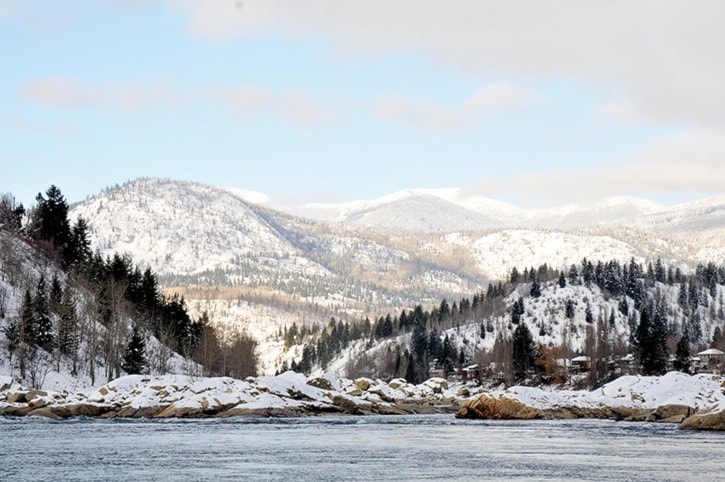A single ambiguous word could well be the source of untruth in a story recently written about Trail.
The word is “effluent.”
That term has many meanings and led to a now-debunked report released over the weekend concerning raw sewage spilled into the Columbia River.
According to the Environment of Climate Change Canada, “effluent” means untreated or treated wastewater that is released from the outfalls of a wastewater system.
The United States Environmental Protection Agency pretty much defines “effluent” the same way: wastewater - treated or untreated - that flows out of a treatment plant, sewer or industrial outfall.
The fact that “effluent” can mean raw sewage (untreated) or “treated wastewater” is misleading. That ambiguity could be what led to the false U.S. report that a treatment plant serving the “City of Trail” dumped a large amount of raw sewage into the Columbia River.
The mighty waterway is a sensitive issue, so the Trail Times followed the path of the story beginning with the Statesman Examiner website in Washington.
The reporter, contacted by the Trail Times, based the story on a report from the local health district. The Times contacted the district, which got its information from Emergency Management of BC.
While the term “effluent” was reported as “raw sewage,” it soon became clear on Monday that nothing untreated, or “raw”, went into the river.
John McLean from the Regional District of Kootenay Boundary reported that treated volumes rose at the plant due to the inflow of runoff. Rain and snow melt increased the daily permit outflow over 48 hours, and as per protocol, the increased volume of “effluent” was reported to Emergency Management of BC.
From there, as required, the government issued a release under a “DGIR” or Dangerous Goods Incident Report and sent it out to stakeholders, which includes the State of Washington when news is about the Columbia River. (Notably, a DGIR can range from a small fuel leak at a gas station to toxic waste at a dump site)
The Feb. 17 release titled the “Regional District of Kootenay Boundary Sewage Spill” reported that approximately 3,556,000 litres of “effluent” was released from the Columbia Pollution Control Treatment Centre just before 11 a.m.
Nowhere in the release does it state that raw sewage “overflowed onto the ground and into the river” as the U.S. news story reads. However, the ministry does use the word “effluent.” And that word is open to interpretation.
